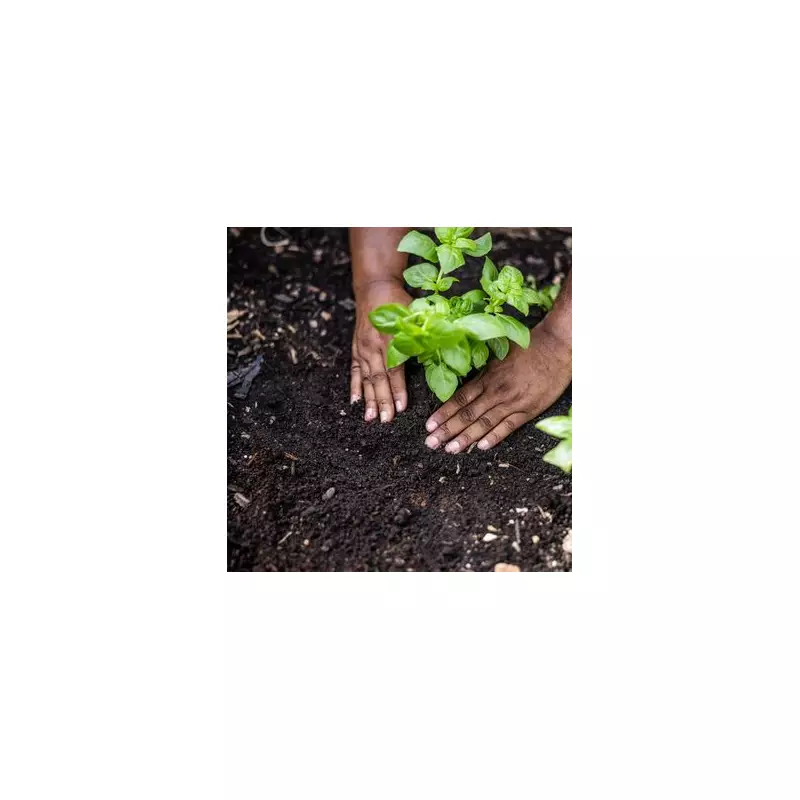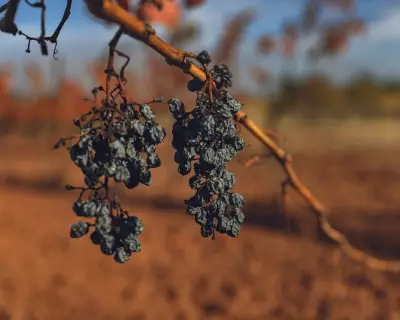
As winter's grip tightens, British gardeners are being urged to undertake one essential task before the end of November to safeguard their plots. This simple job can be the difference between a garden that survives the harsh months and one that succumbs to the frost.
The Garden Saviour: Winter Mulching
A gardening expert known as Dan has taken to social media to demonstrate the profound importance of mulching, especially during the colder season. In a compelling Instagram video, Dan showcased a direct comparison that highlighted the stark contrast between mulched and unmulched earth.
He first presented a section of his garden that had been left bare. The soil was frozen solid, making it impossible to lift any clumps or penetrate the surface with his fingers. He then moved to an area he had prepared with a layer of fallen leaves, gathered from the end of his street. While the leaves themselves were frosty, he could easily lift them to reveal soft, unfrozen soil beneath, rich with moisture.
Dan explained, "That soil is very, very soft. It's got a lot of moisture in it, and it's not frozen over. It's cold, but it's not frozen. That is why we mulch."
Why Your Garden Needs Mulch This Winter
Mulching involves covering the soil with a protective layer of material. This practice is not just a summer activity; it is a critical winter defence mechanism for your garden.
The primary benefit is temperature regulation. A mulch layer acts as an insulating blanket, shielding the soil and, most importantly, plant roots from severe temperature drops that can cause the ground to freeze solid. This protection is vital for plant survival.
Furthermore, mulch helps to retain essential moisture in the earth. This moist environment allows the ecosystem within your soil—including worms and other beneficial organisms—to continue thriving through the winter. A healthy soil ecosystem is the foundation for strong plant growth when spring arrives.
How to Mulch Your Garden Effectively
To give your garden the best chance this winter, follow these straightforward steps for successful mulching.
1. Select Your Mulch
You can choose from a variety of materials. Organic options are highly recommended as they decompose and enrich the soil. These include shredded bark, wood chips, straw, grass clippings, compost, and fallen leaves. Inorganic choices like gravel or landscape fabric are also options, though they do not improve soil health.
2. Prepare the Area
Before applying mulch, remove any existing weeds and water the soil thoroughly if it's dry. If the soil is compacted, gently loosen it to allow for better water and air penetration.
3. Apply the Mulch Layer
Spread your chosen mulch evenly around your plants, aiming for a depth of 2 to 4 inches (5-10 cm). It is crucial to leave a small gap around the stems or trunks of plants to prevent moisture buildup and potential rot. For vegetable gardens, lighter materials like straw or shredded leaves are ideal.
4. Ongoing Maintenance
Organic mulches will break down over time, so be prepared to replenish the layer as needed. Periodically check for signs of pests or mould and fluff the mulch if it becomes too compacted.
Viewers of Dan's tutorial were quick to express their gratitude, with many admitting they hadn't realised the critical role of winter mulching. One person commented, "Mulch is fantastic in many ways, thanks for showing another one," while another pledged, "This is a great tutorial. I'm out mulching tomorrow."





